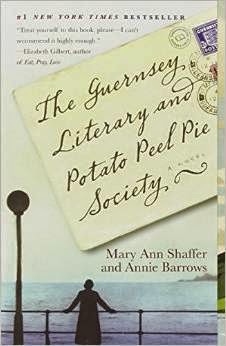 Since I don't live at the Jersey shore, I like to see the ocean from time to time to recharge my mental images. Luckily, I just spent several days near Jacksonville Beach, Florida with longtime friends. True, there are no palm trees or Spanish moss in New Jersey, but the surf and atmosphere are similar.
Since I don't live at the Jersey shore, I like to see the ocean from time to time to recharge my mental images. Luckily, I just spent several days near Jacksonville Beach, Florida with longtime friends. True, there are no palm trees or Spanish moss in New Jersey, but the surf and atmosphere are similar.
The environment in a book is as important as the plot. I create a lot sitting at a table in Starbucks, but the setting is easier to imagine when I've recently seen sand dunes (as in the photo with the sawgrass) and surf. I certainly know what they look like. Maybe it's the smells I miss.
Fresh images can also move an idea forward. There was a building on pilings near the dunes that looked like a great place for a murder -- or at least a mugging. It sat along the walk that led to the beach. The walkway was elevated, as a New Jersey boardwalk would be.
Then there was the lonely lifeguard chair sitting on a nearly vacant beach. To a Midwesterner, it was a warm day (in the sixties), and I expected to see people on the beach. My friend reminded me that Floridians consider a temperature in the sixties to be chilly weather that requires a jacket.
It was good to see an uncrowded beach. I deliberately set most of the Jolie Gentil series in the off-season--spring, fall or winter. It's easier for the characters to have normal lives when there aren't thousands of tourists to trip over. It's also possible for the bad guys to move around more easily. Fewer people to catch them in the act.
So, now I can finish the eighth book in the series with fresh visions of the ocean and a town geared to visitors--just like my Ocean Alley.
* * * * * *
Check out Elaine's web page or sign up for her newsletter
* * * * * *
Check out Elaine's web page or sign up for her newsletter

